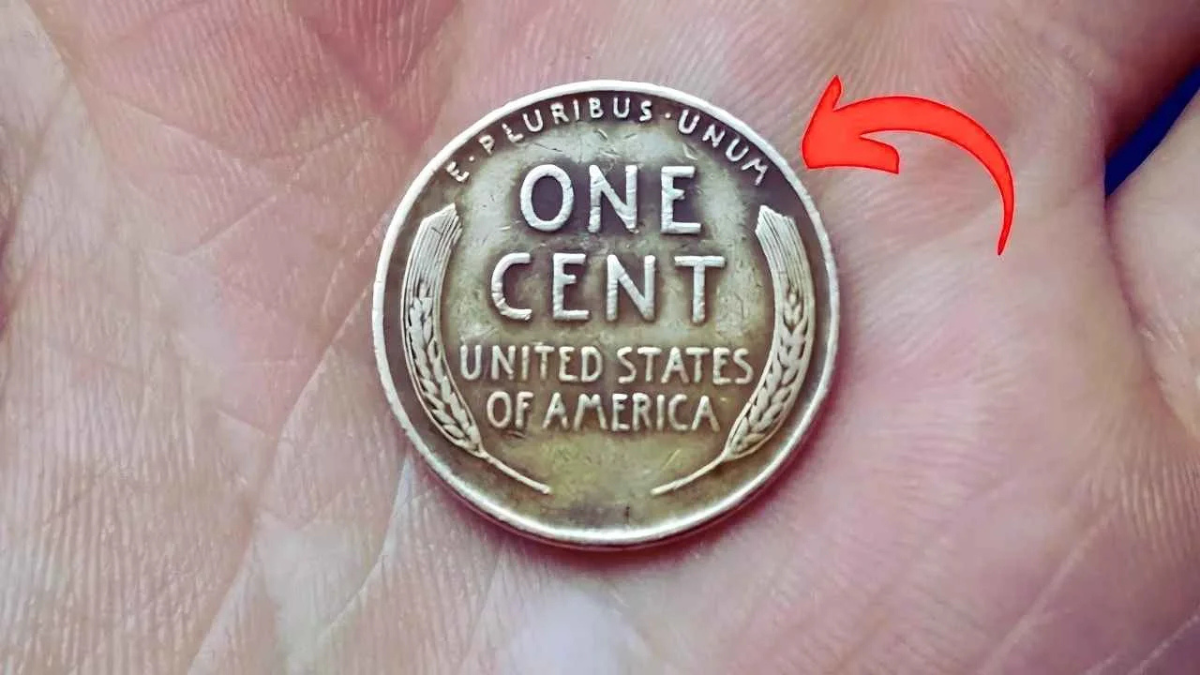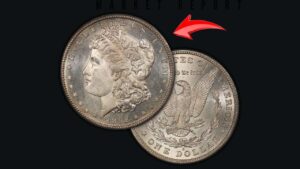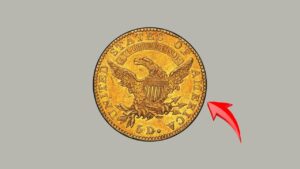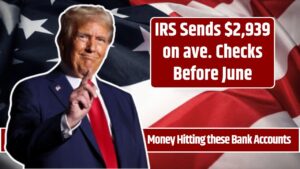Finding treasure in your pocket might sound like a dream, but for some lucky people, it’s a life-changing reality. Rare pennies—often dismissed as spare change—have been discovered in old jars, couch cushions, and piggy banks, and have gone on to fetch six or even seven figures at auction. These valuable coins aren’t just old—they’re rare because of historical mishaps, minting errors, or extremely low production numbers. Here’s a closer look at the most valuable pennies, what makes them special, and how to spot one before you unknowingly give it away.
Why Rare Pennies Are Worth So Much
The reason some pennies are worth a fortune comes down to scarcity, condition, and error. During key historical periods—especially during wartime—metal shortages led to unusual minting practices. Some coins were struck on the wrong metal or had printing flaws, making them rare collector’s items.
For example, in 1943, copper was needed for war materials, so pennies were struck in steel. But a few bronze planchets were accidentally used, creating the ultra-rare 1943 bronze cent. Errors like this weren’t caught at the time, and only a few coins survived.
Other pennies, like the 1914-D Lincoln Cent, weren’t minting mistakes—they’re simply rare due to extremely low production numbers. And the condition of the coin matters just as much. A well-preserved penny can be worth exponentially more than a worn one.
Top 10 Rare Pennies That Could Make You Rich
Here’s a guide to the most valuable pennies collectors are always hunting for:
| Penny Type | Key Feature | Estimated Value |
|---|---|---|
| 1943 Bronze Lincoln Cent | Bronze, not steel | Up to $1.7 million |
| 1969-S Doubled Die Lincoln Cent | Doubled text on front | Up to $1 million |
| 1914-D Lincoln Cent | Denver mint, low mintage | Up to $200,000 |
| 1931-S Lincoln Cent | San Francisco, low mintage | Up to $100,000 |
| 1909-S VDB Lincoln Cent | “VDB” initials on reverse | Up to $75,000 |
| 1955 Doubled Die Lincoln Cent | Blurred, doubled lettering | Up to $50,000 |
| 1922 No D Lincoln Cent | Missing Denver mint mark | Up to $20,000 |
| 1944 Steel Lincoln Cent | Steel instead of copper | Up to $75,000 |
| 1873 Indian Head (Doubled Liberty) | Doubled “LIBERTY” on headband | Around $10,000 |
| 1877 Indian Head Penny | Extremely low mintage year | Up to $25,000 |
Real-Life Stories of Million-Dollar Pennies
These aren’t just mythical finds—people really do stumble upon these coins. One Oregon man discovered a 1943 bronze penny among his father’s old possessions and sold it for over $1 million. In another case, a 1969-S doubled die penny was pulled from a teenager’s coin jar and eventually fetched $50,000 at auction. Stories like these fuel interest among collectors and remind us that these coins are still out there.
How to Spot a Rare Penny in Your Change
Here are a few quick steps to help identify a potentially valuable penny:
- Check the date and mint mark carefully.
- Look for doubling on the front (especially on dates like 1955 and 1969).
- Use a magnet to test 1943 or 1944 pennies—steel will stick, bronze won’t.
- Don’t clean the coin—scratches and polish reduce value.
- Store it properly in a coin holder or plastic flip to prevent wear.
- Get it authenticated by a reputable grading service such as PCGS (Professional Coin Grading Service) or NGC (Numismatic Guaranty Corporation).
Even if your penny doesn’t top the million-dollar mark, it could still bring in thousands—definitely worth the few minutes it takes to check.
Finding a valuable penny is like winning a tiny lottery—you never know when it might happen. The key is knowing what to look for, preserving the coin’s condition, and getting expert authentication. Whether it’s hiding in your spare change, an old coffee can, or your grandma’s coin purse, one of these rare pennies could be your ticket to a big payday.
FAQs:
Can I find rare pennies in circulation today?
Yes, although rare, these coins still occasionally turn up in circulation or family collections.
Should I clean a dirty old penny before getting it appraised?
No. Cleaning can damage the coin and reduce its value. Leave it as-is and consult a professional.
Where should I take a potentially valuable penny?
Visit a trusted local coin dealer or submit it to a grading service like PCGS or NGC for professional evaluation.




